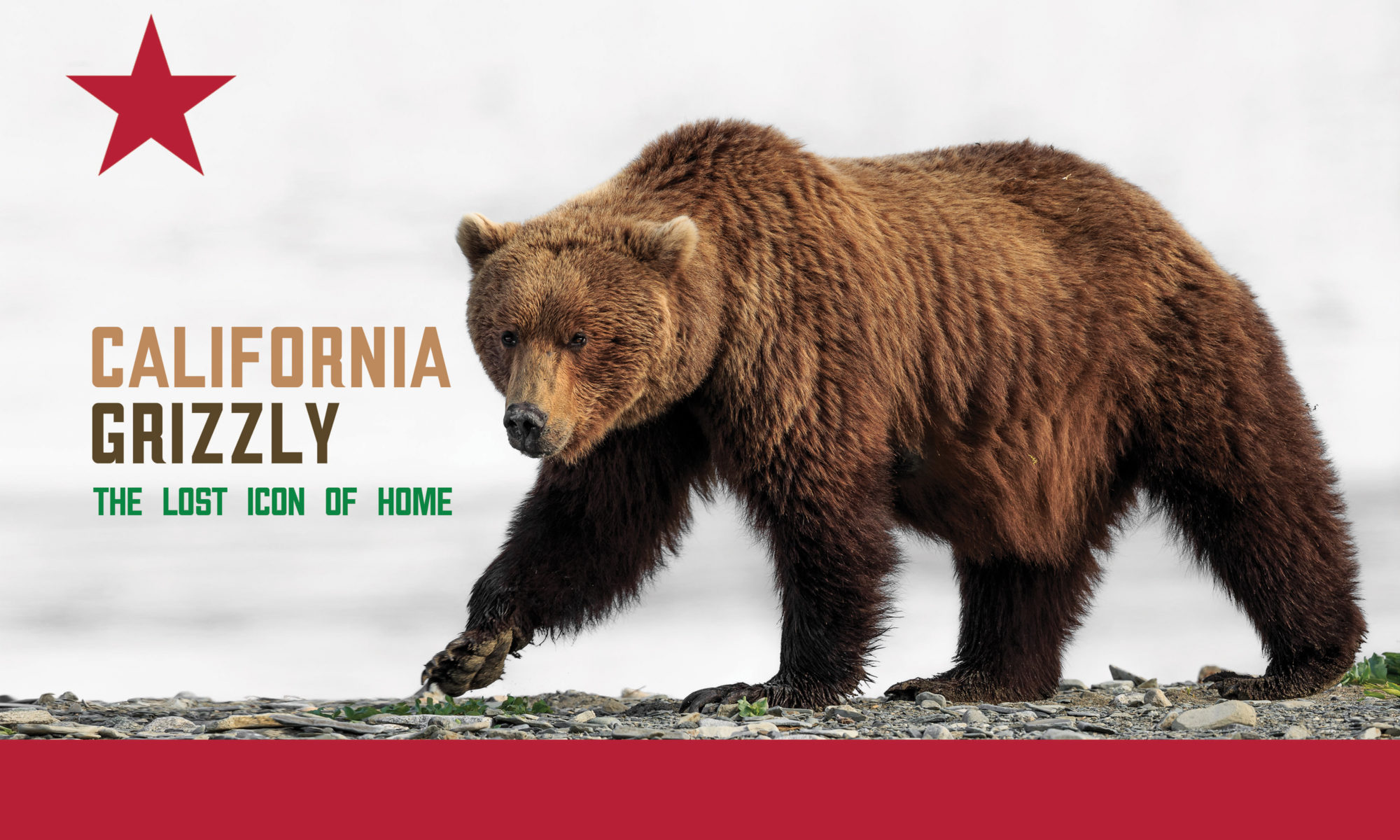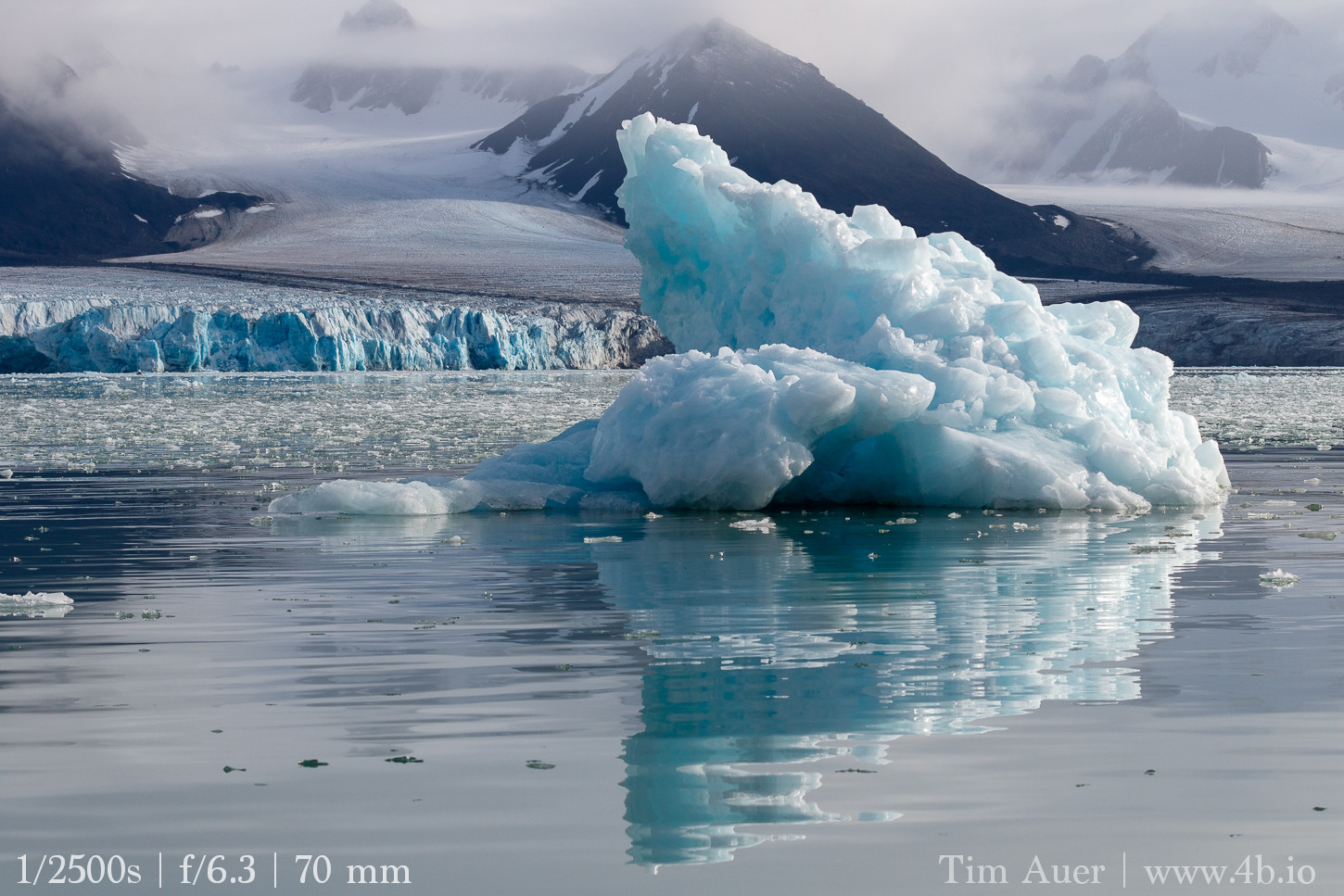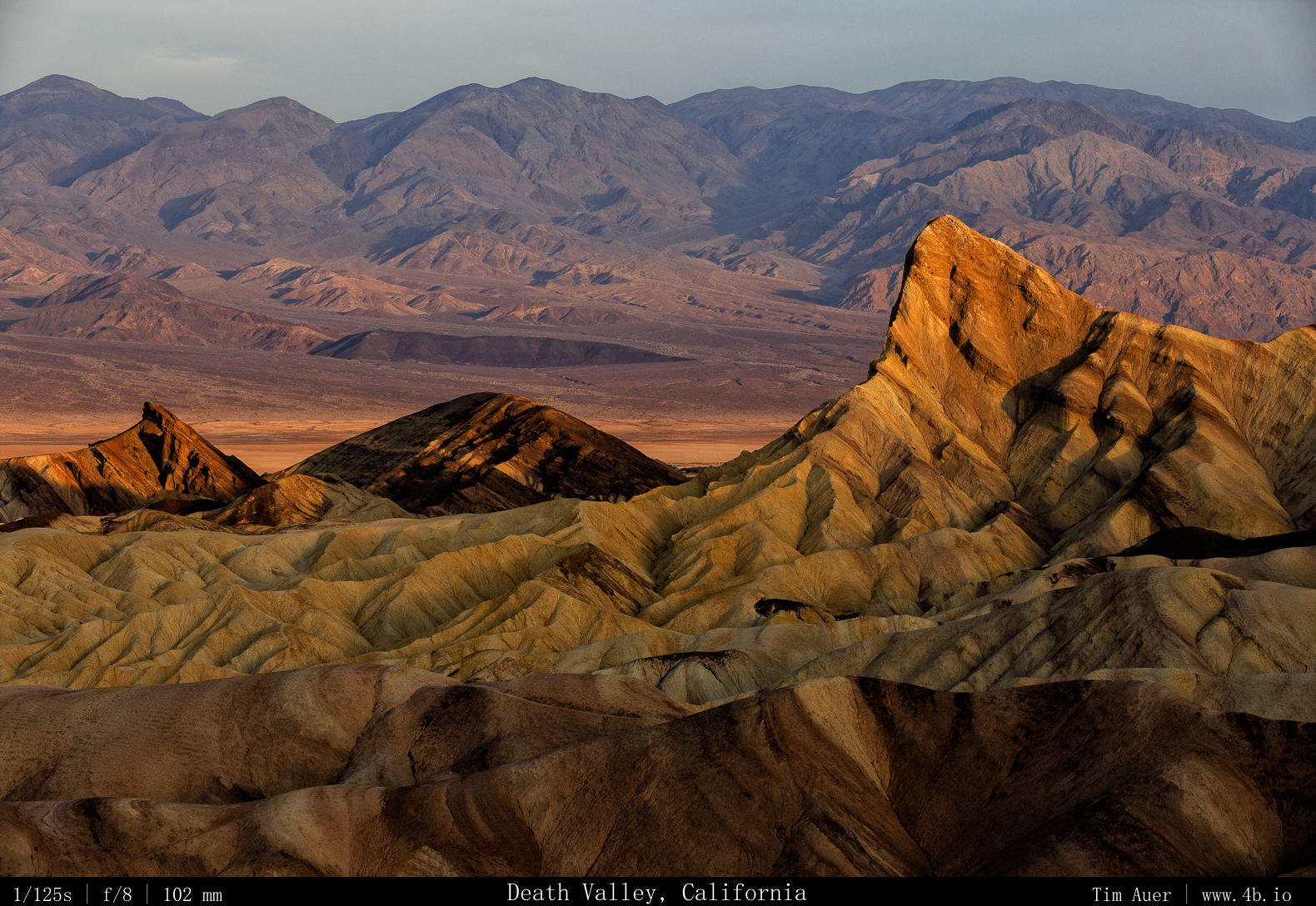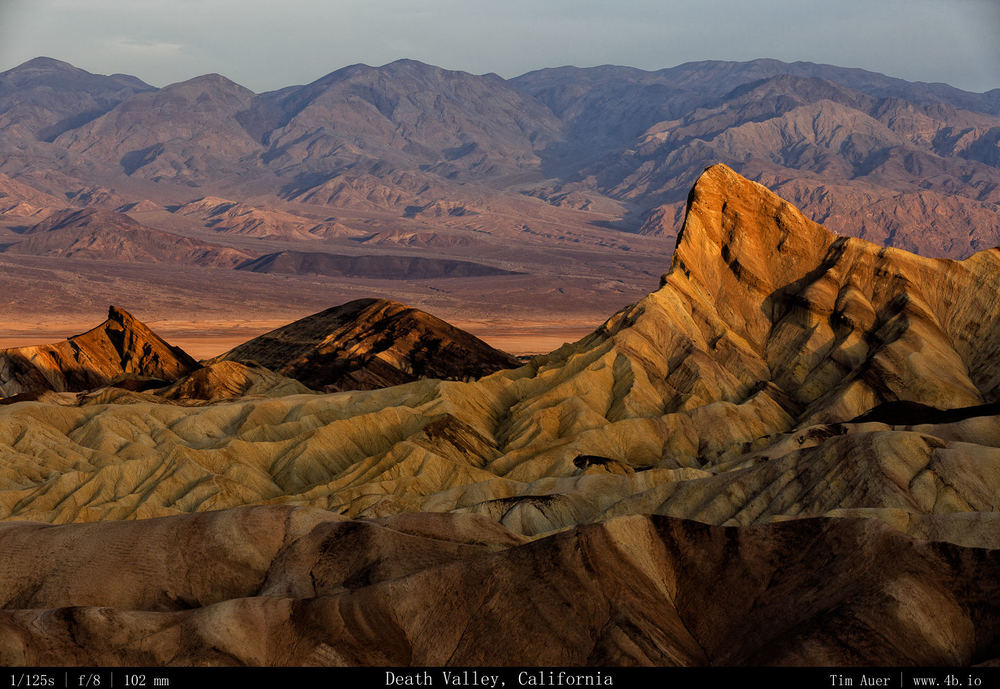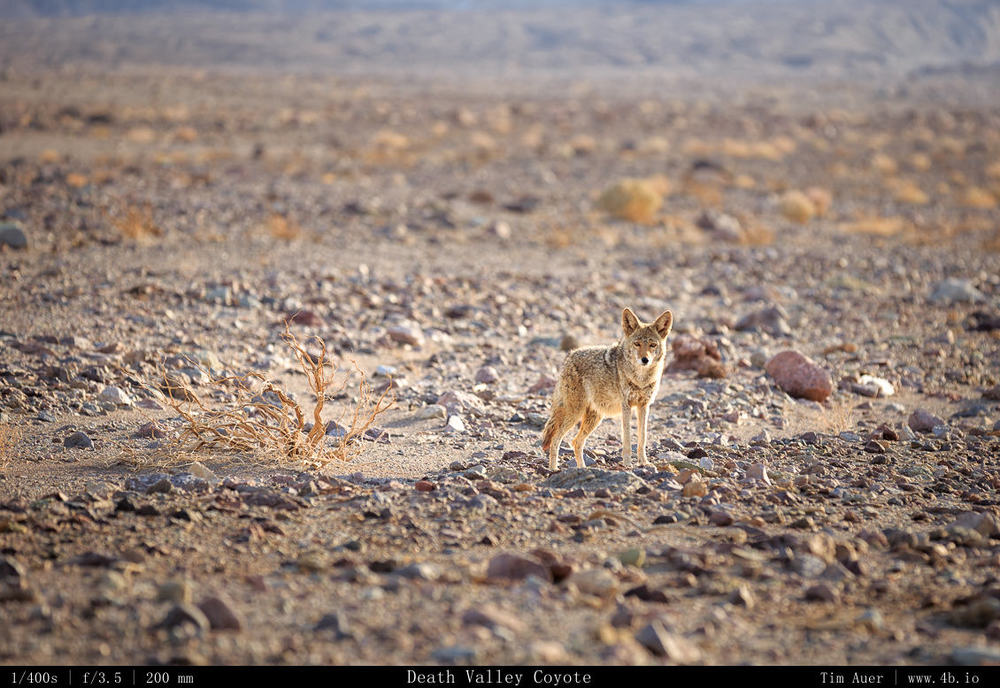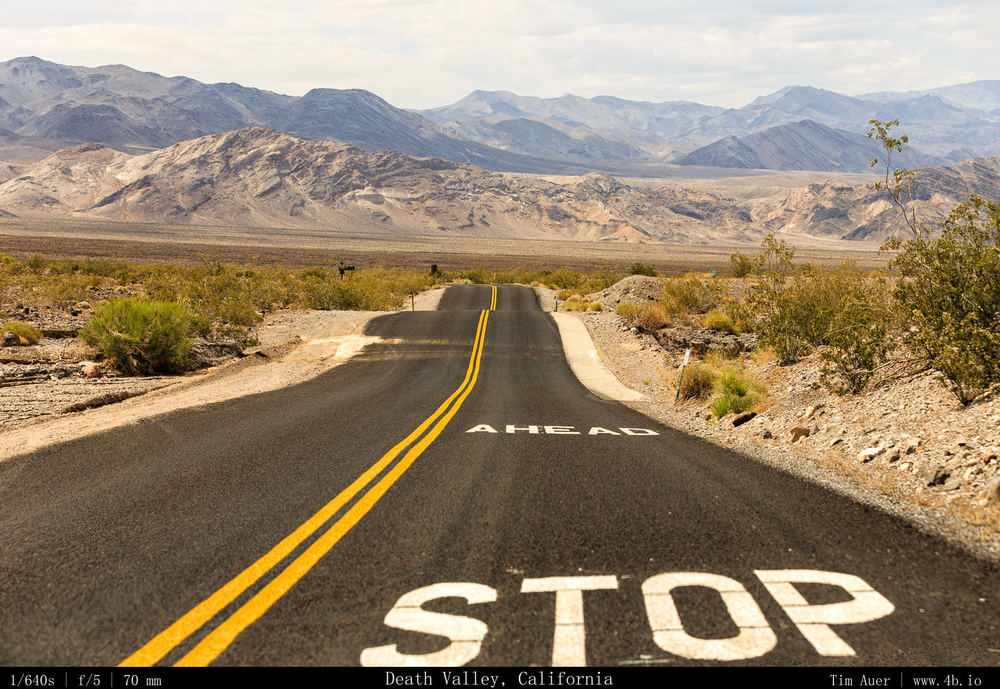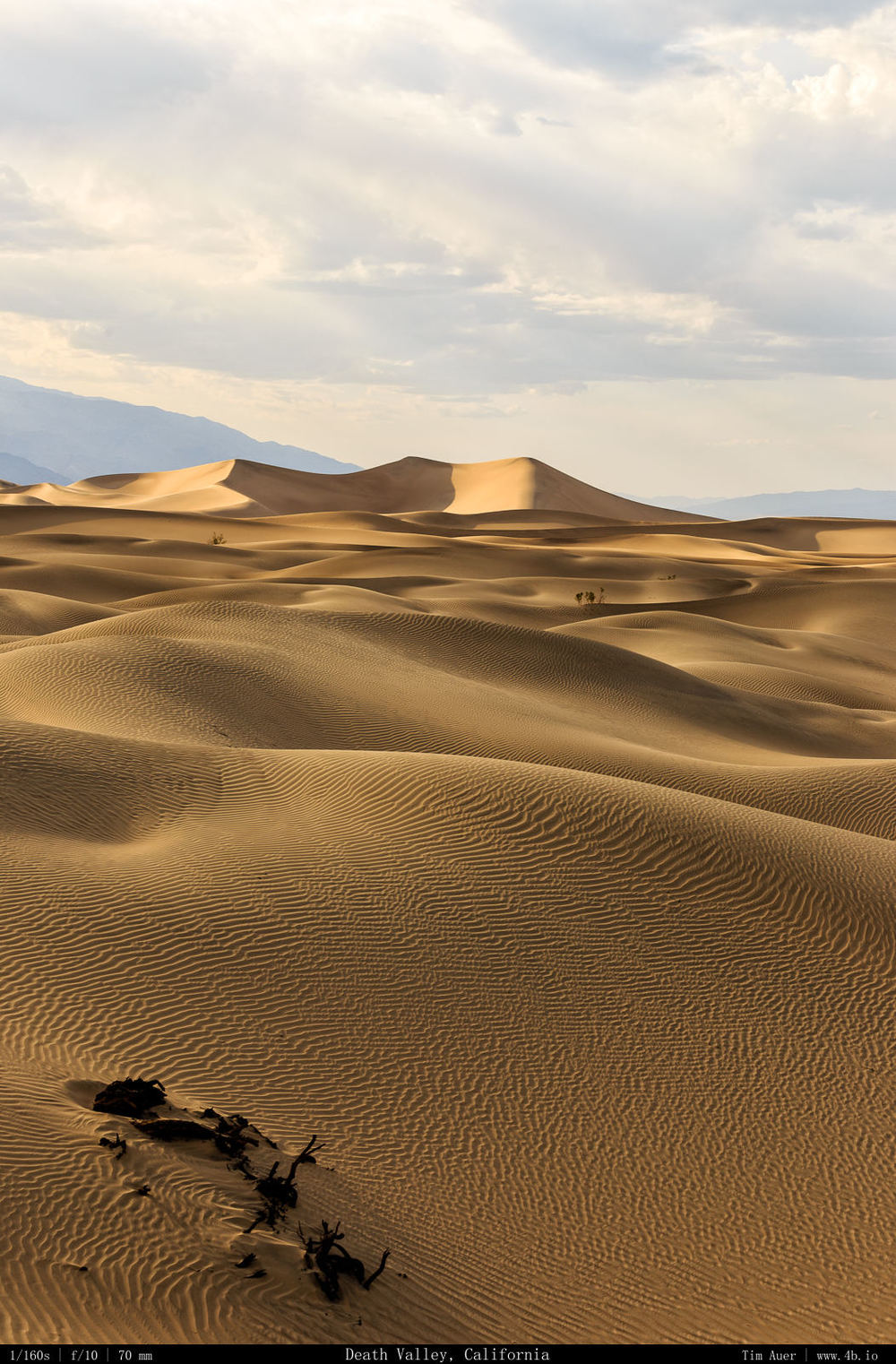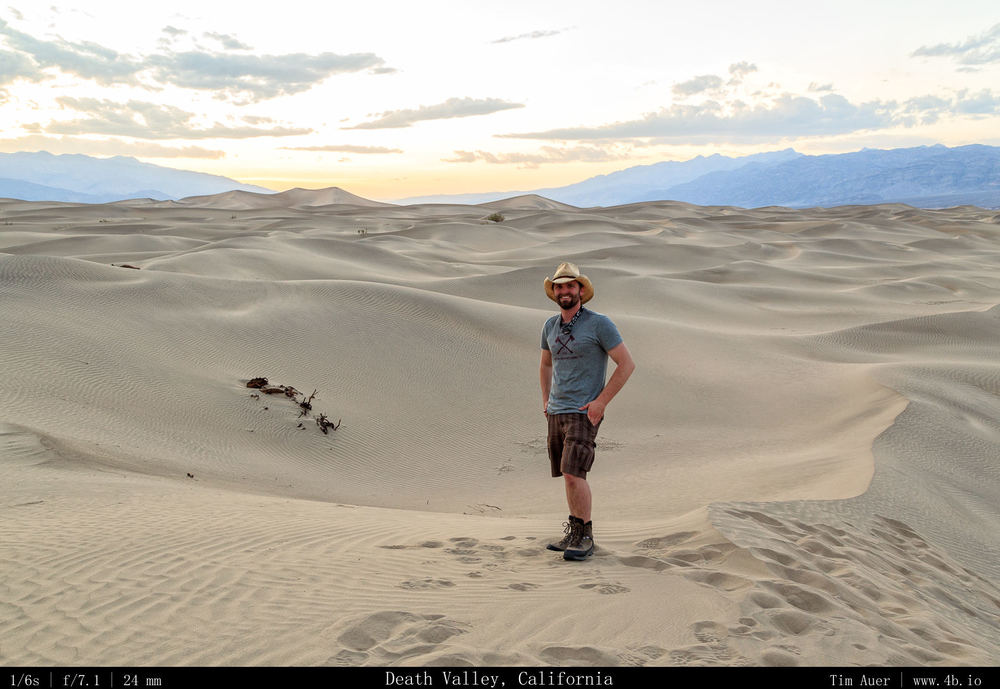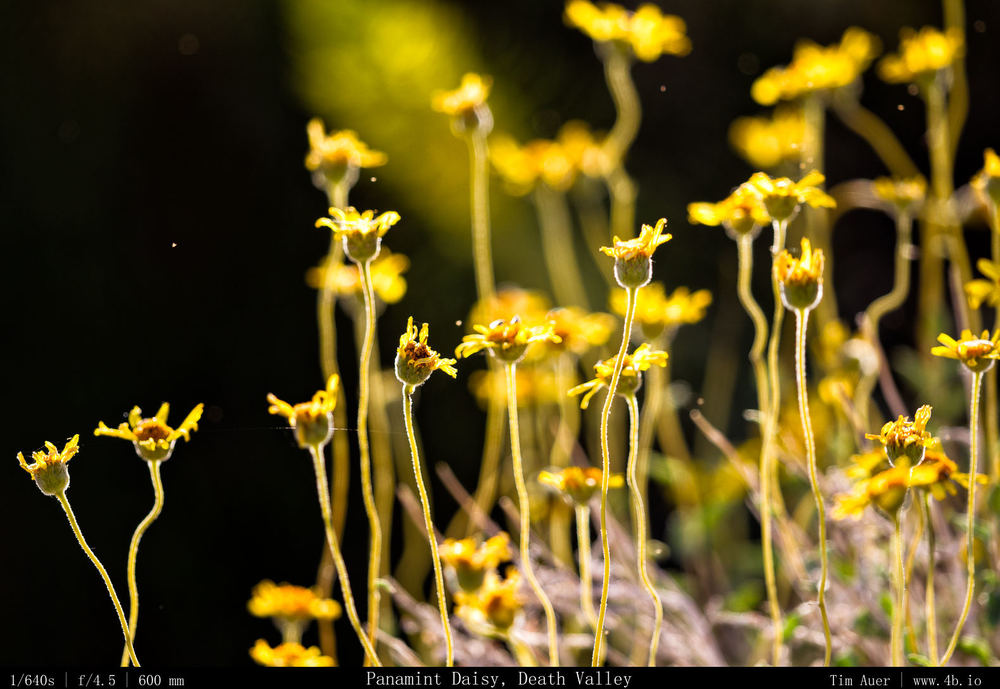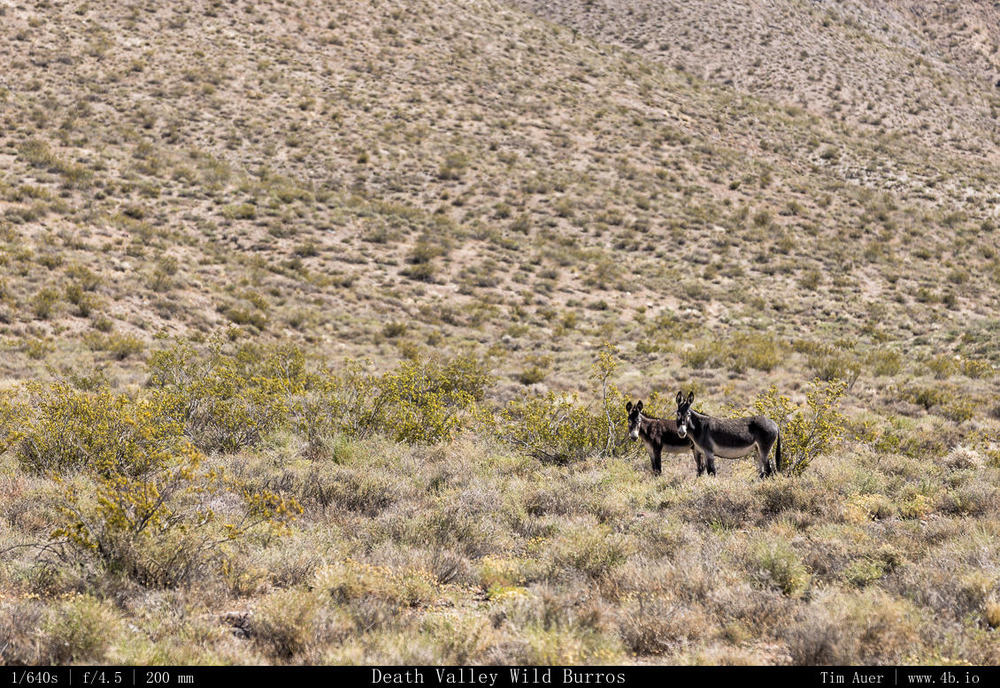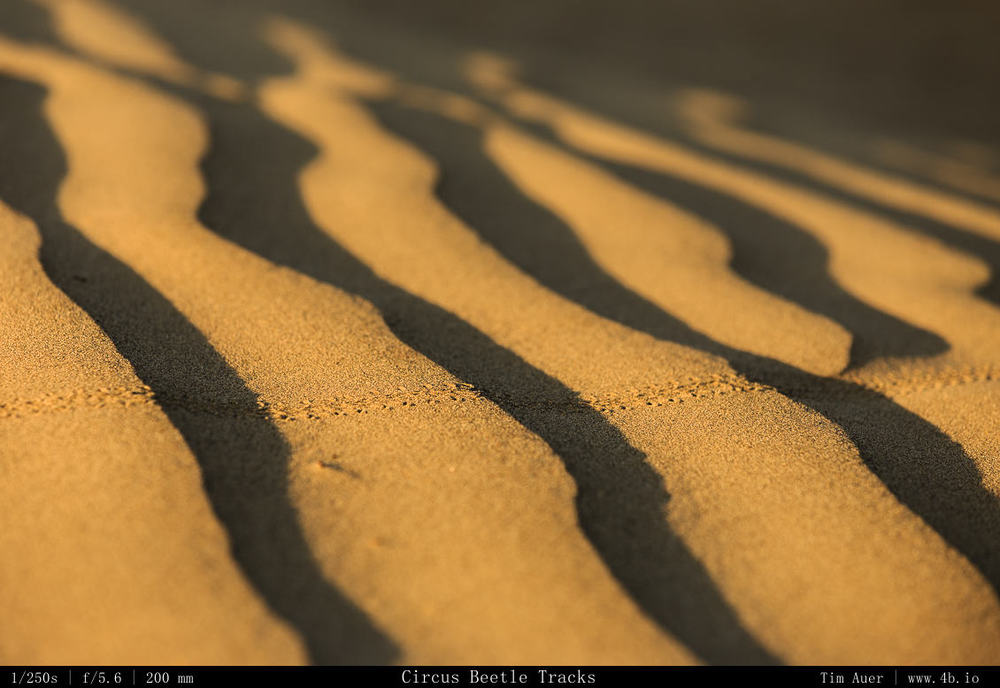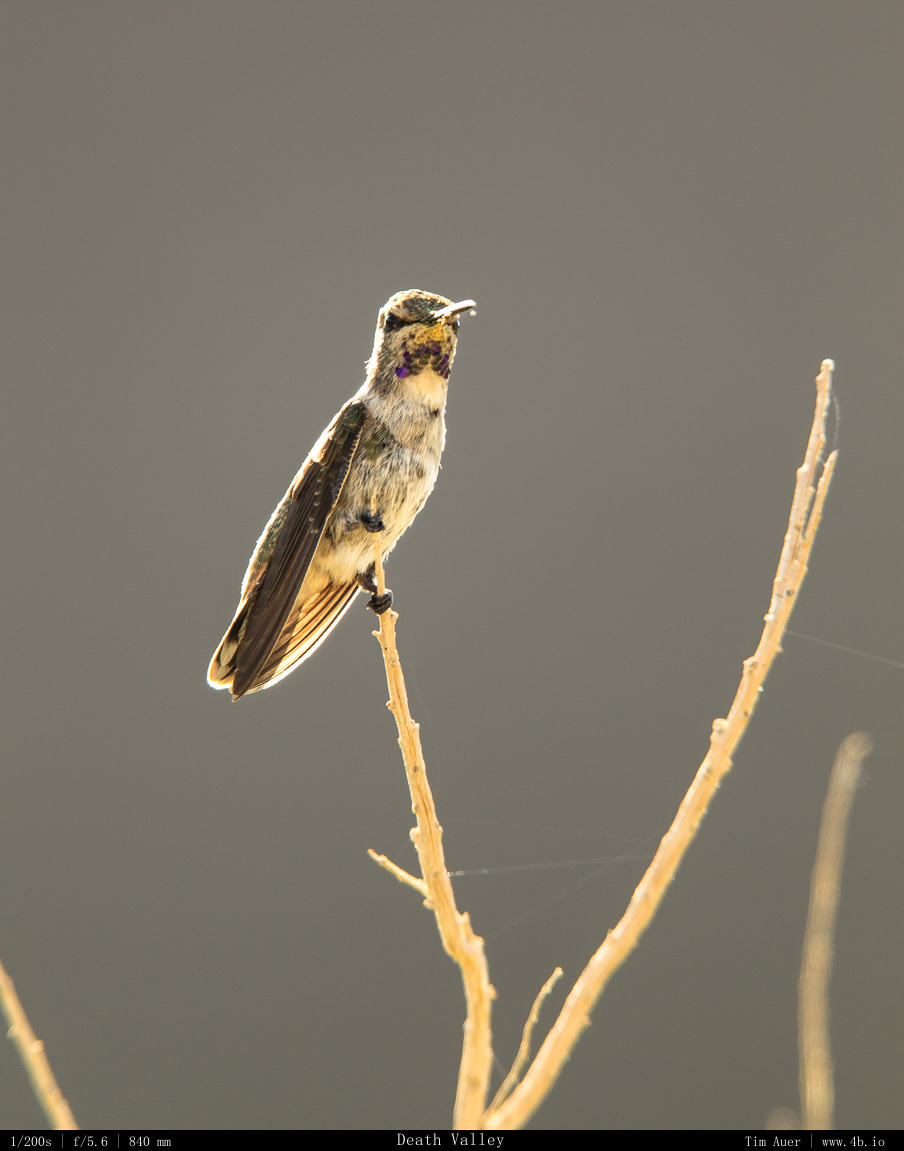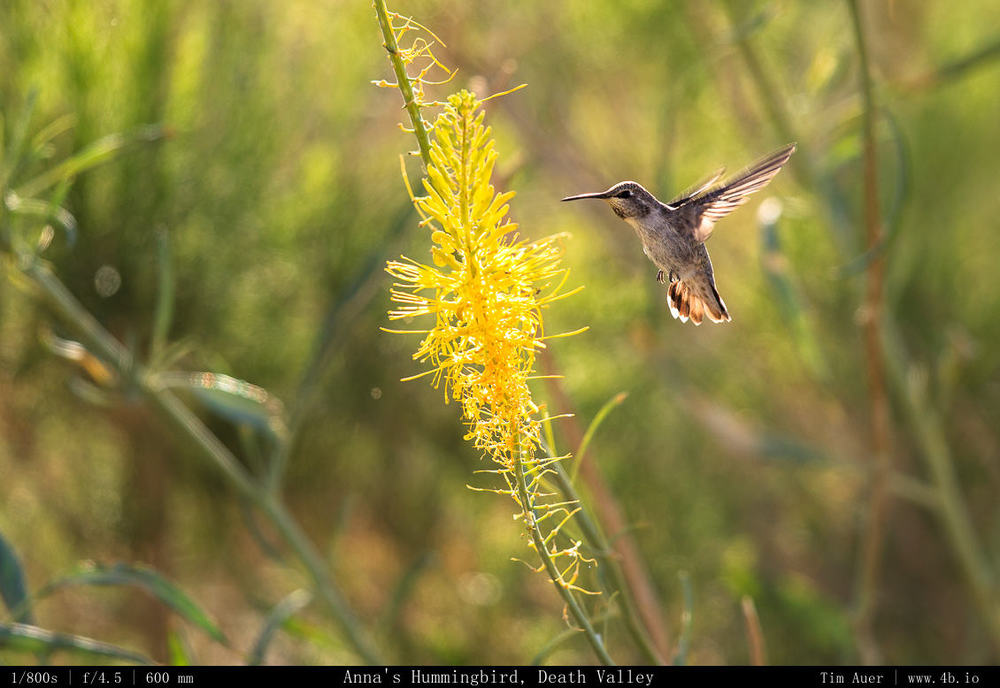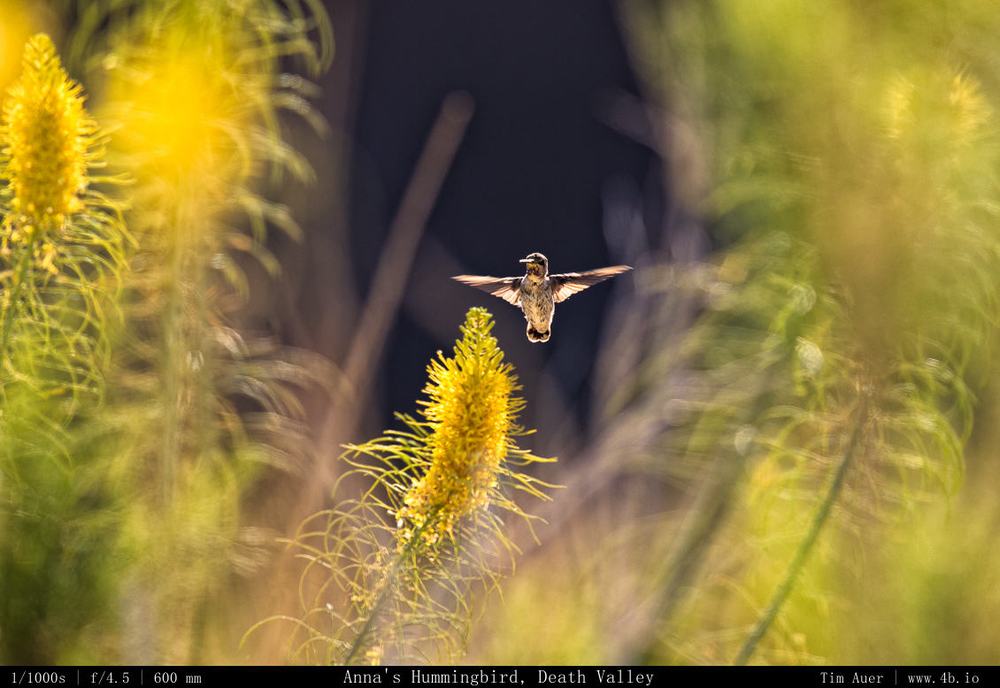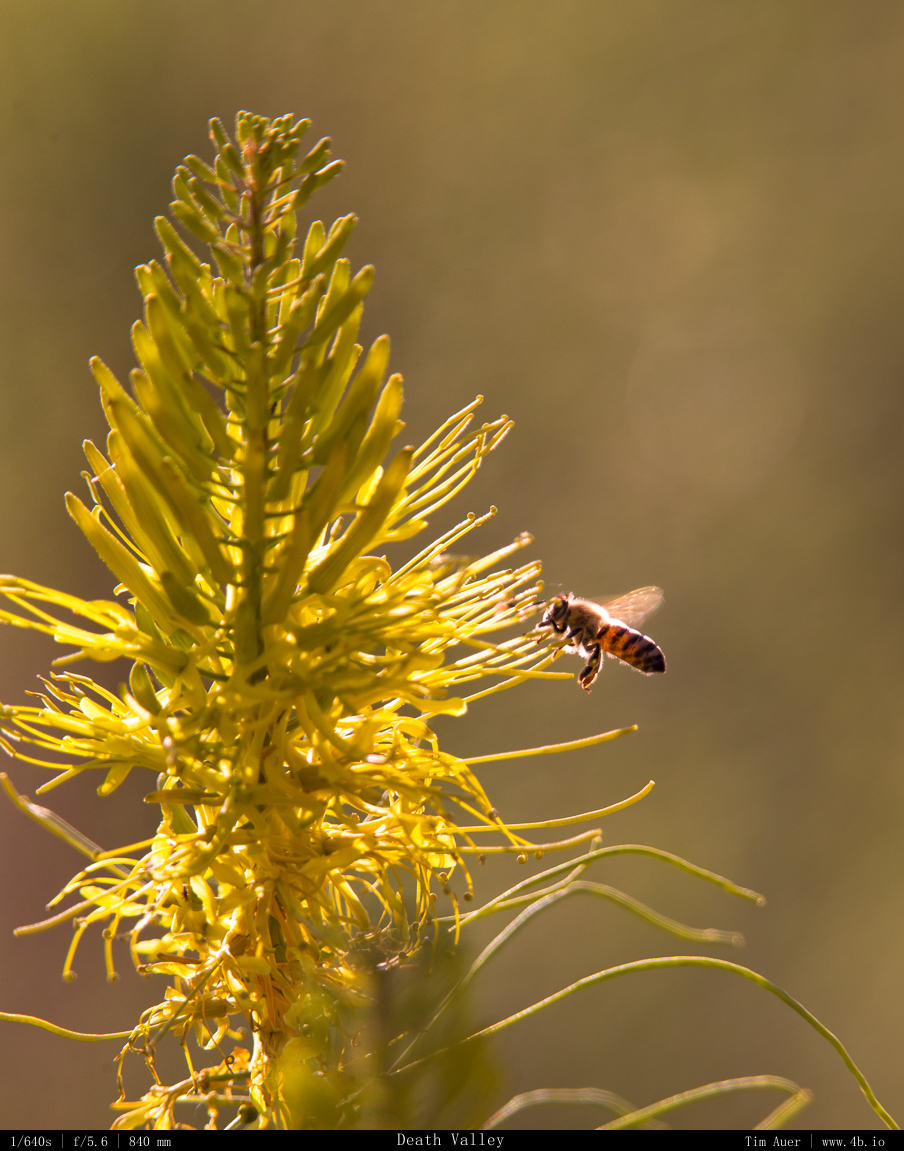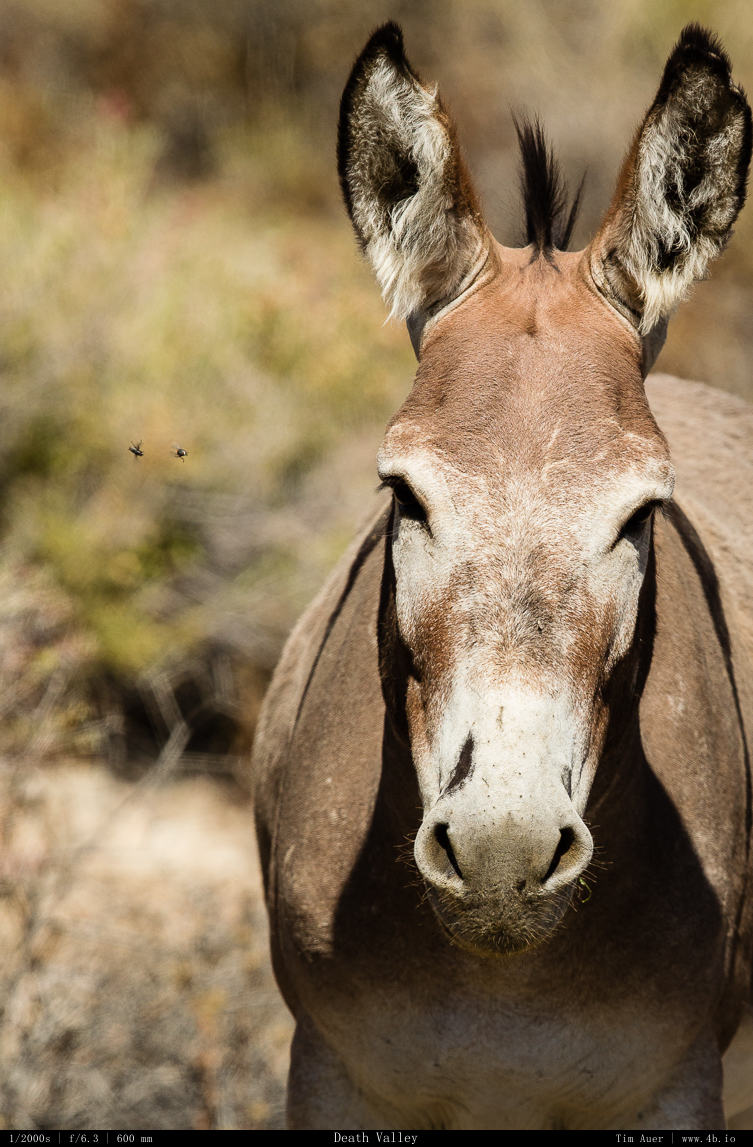The first morning out….August 20, 2015, Svalbard.
After a rough night sailing through stormy arctic seas (motion sickness medicine was a lifesaver). The ship, Sea Spirit, made its way through the Krossfjord and King’s Bay, finally entering Lilliehöökfjorden. We dropped anchor and manned the zodiacs to explore the Lilliehöök Glacier. We faced a horseshoe shaped wall of ice. 7 km across, 80m tall, and stretching to the horizon with jagged peaks poking through the ice and clouds.
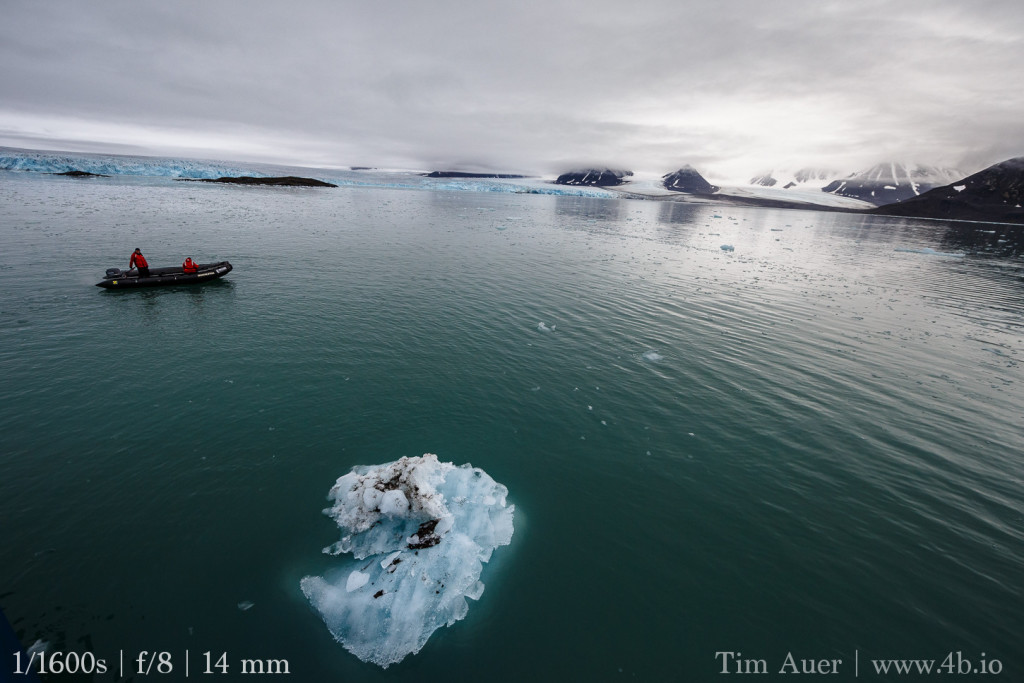
The only place ice didn’t meet the sea was where a mountain stood instead. In-between these mountains, glaciers spilled out into the fjord. At least 14 glaciers! This was the biggest glacier bay I had ever been in. Of course, this “accomplishment” would soon be “defeated” by other, more massive fjords of Svalbard, it doesn’t detract from the impression this fjord made on me.
The green-blue water was silky smooth and looked thick with glacial silt. The underwater housing was working, but the “thickness” of the glacial water limited visibility. Nonetheless, I practiced using this new piece of equipment. Afterall, this was my first time doing underwater photography in the field! A bearded seal swam lazily around the smooth water, coming close to a zodiac that I was not in. Shortly after spotting the seal, a pod of beluga whales surfaced for a few minutes, before diving deep and moving on.
In terms of photography, the stop in Lilliehöök provided a gentle warm up session to get into that “photo-mindset”. Not all the zodiac expeditions would be nearly as smooth and easy. In fact, many times the arctic sea conditions were not conducive to producing interesting photography, that is, unless the photographer was adequately prepared and exercised sound judgement in the field….For me the learning process never ends. and the conditions I experienced in Svalbard forced me to re-evaluate and adjust some of my preparations.
